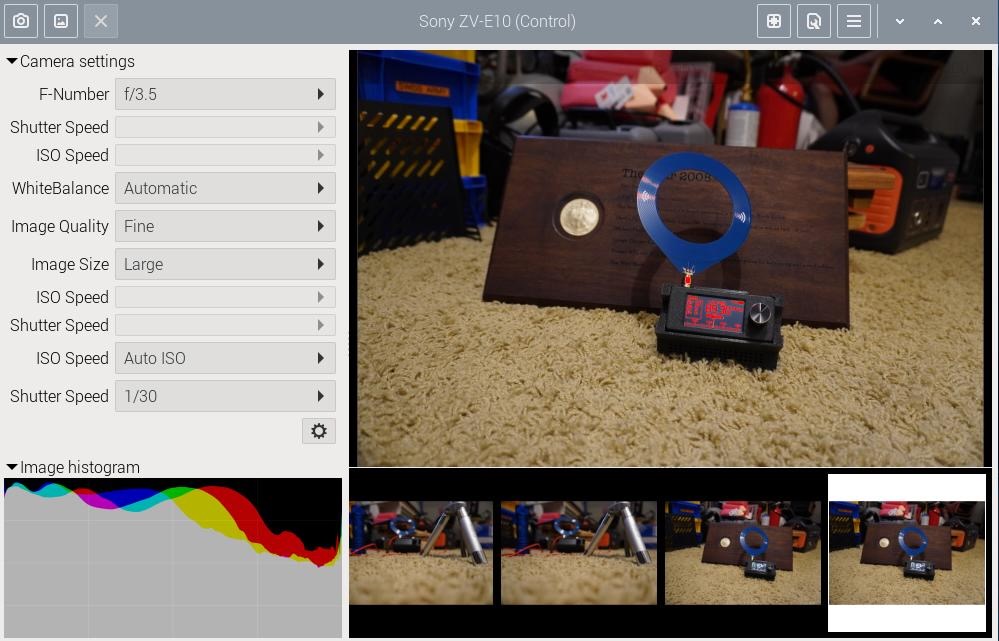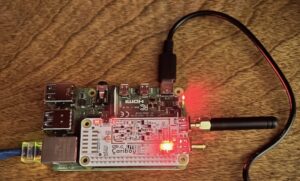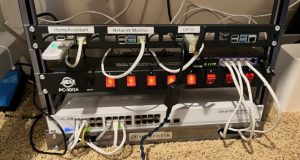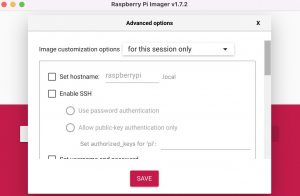In the last year I have bought exactly TWO Raspberry Pi’s. They have reached the status of “Unobtanium” thanks to world wide chip shortages and supply chain issues. It takes dedication to find one, much less purchase one.
It used to be that you could buy one whenever you wanted to buy one. Those days are gone. I got a Pi 4, 2GB from Adafruit on a fluke. I really only want 4GB or 8GB Pi’s but you take what you can get. And once you find one …….. you can only order ONE.
I guess I should consider myself lucky but every day that goes by I get more and more disgusted with Raspberry Pi. The last couple questions I asked on their forum I got asshole answers. One gent provided no help and told me to “Learn Python”, He must be related to Joe Biden who told all the unemployed coal miners in West Virginia to “Learn To Code”.
I usually like having several spare Pi’s laying around so when I see a project I can just get right to business. As it was though for my last two projects I had to take a couple projects out of service because of the lack of Pi’s I have. I had to ditch my OP25 Police Scanner on the back of a TV and my GPS PPS clock used as a local time server. I’ve also been replacing some of my Pi 4 Media Servers (logitechmediaserver) with older Pi 3B+ models.
Anyway, I’m +1 on Raspberry Pi’s at the moment and probably will put OP25 back together and redocument the process if it has changed.
And no, I’m not gonna learn to code. But the hunt for next Pi is on. This one only took 3 months. Ridiculous.





